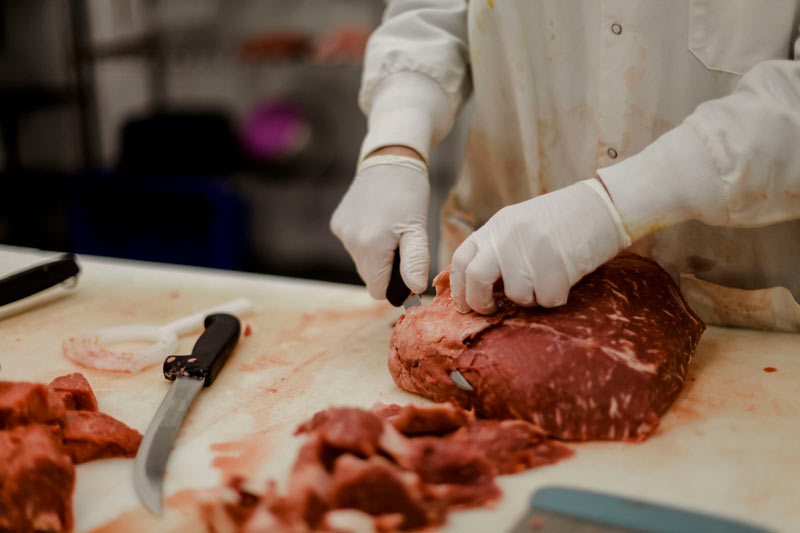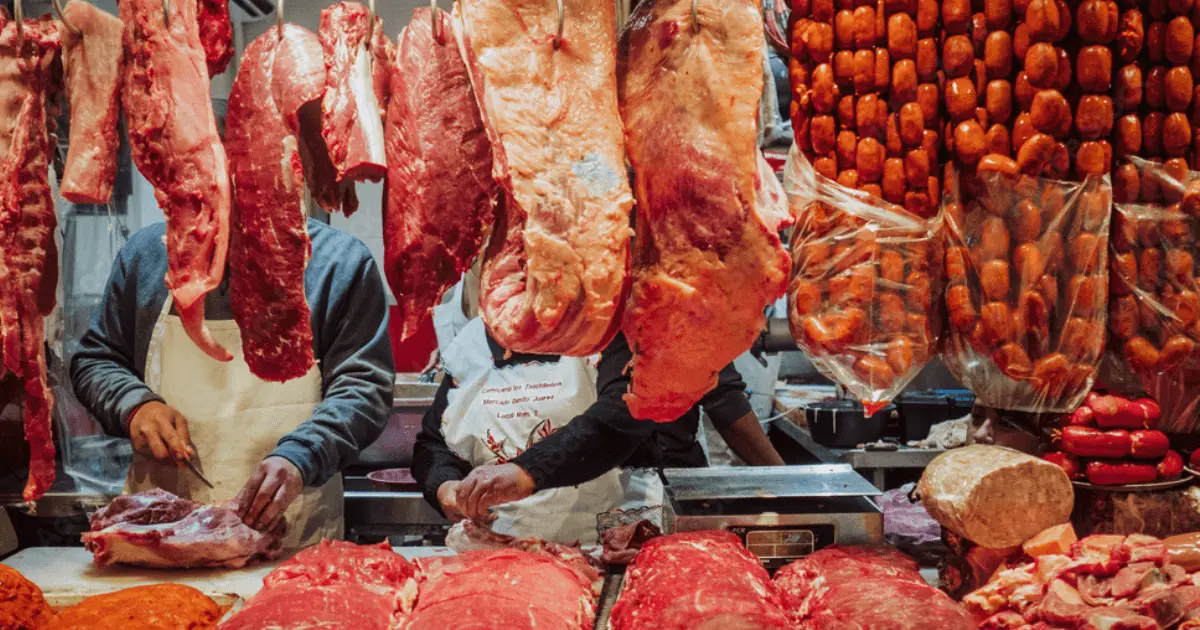Just How to Choose the Perfect Cut of Meat From a Trusted Meat Market
Picking the optimal cut of meat from a trusted meat market needs a thoughtful approach that stabilizes quality, culinary objective, and budget plan. Recognizing the different kinds of meat and their respective cuts is crucial, as is engaging with your butcher to get insights into sourcing and prep work. Observing attributes such as color, texture, and marbling can additionally direct your choice. As you consider these variables, it ends up being clear that the nuances of your choice can significantly affect the outcome of your dish, prompting a much deeper expedition of the standards that genuinely issue.
Recognizing Meat Cuts


As an example, the tenderloin is treasured for its buttery texture and marginal connective tissue, making it suitable for fast food preparation methods such as barbecuing or pan-searing. On the other hand, harder cuts like the brisket or shank benefit from sluggish cooking strategies to damage down collagen, yielding abundant and delicious results.
Furthermore, the fat content of a cut plays a critical duty in flavor profile and dampness retention throughout cooking. Cuts with greater fat web content, such as ribeye, use a more robust flavor, while leaner options, like sirloin, may call for mindful preparation to avoid dryness (bagley meat market edwardsville il). Understanding these nuances enables informed selections that boost culinary creations, making certain that each dish showcases the most effective qualities of the chosen meat
Variables to Consider
When choosing the excellent cut of meat, several critical elements come into play that can substantially influence the last recipe. First and leading, take into consideration the kind of meat you want-- beef, pork, lamb, or poultry-- as each offers special tastes and textures. The specific cut within that category is equally crucial; for example, ribeye supplies abundant marbling, while tenderloin gives a lean, buttery texture.
Another element is the cooking technique you prepare to make use of. Cuts ideal for grilling, such as T-bones or sirloins, vary from those far better suited for slow-moving food preparation, like chuck roasts or shanks. Additionally, quality is paramount; constantly pick meat with a lively color and company structure, signifying high quality and proper handling.
Additionally, think about the resource of the meat. A trusted meat market commonly gives locally sourced, hormone-free, and grass-fed choices, which can improve taste and dietary value. Your budget will lead your choice. Premium cuts may use outstanding preference, however there are likewise affordable options that, when prepared properly, can generate tasty results. Balancing these variables will aid you pick the ideal cut for your cooking demands.
Inquiries to Ask Your Butcher
A butcher's proficiency can be very useful when selecting the ideal cut of meat for your culinary ventures. Start by inquiring about the resource of the meat.
Next, ask regarding the different cuts offered for the kind of meat you choose. An experienced butcher will discuss the nuances of each cut, assisting you select one that matches your food preparation approach and desired end result. Do not think twice to ask about the most effective food preparation methods for a particular cut; butchers often have tips that can improve your meal.
It's additionally sensible to ask regarding the meat's freshness. A great butcher will certainly be anxious to share their experience and suggest cuts that will delight your taste. Involving your butcher with these inquiries can significantly boost your meat selection experience.
Identifying Quality Meat

Structure his response is another critical element; quality meat ought to really feel firm and somewhat springy to the touch. Prevent any cuts that really feel slimed or exceedingly dry, as these can suggest spoilage or improper storage. Furthermore, smell plays an important duty; fresh meat must have a tidy, neutral scent, while any kind of off-putting or sour odors are warnings.
Finally, think about the source. Getting from a reliable meat market, where the meat's origin is understood, can guarantee better requirements. By focusing More hints on these indicators-- color, marbling, structure, smell, and source-- you can confidently pick cuts that will elevate your food preparation and eating experience.
Food Preparation Methods for each and every Cut
Choosing the best cooking method is extremely important for making the most of the taste and inflammation of each cut of meat. Various cuts possess distinct features that dictate one of the most appropriate food preparation strategies.
For tender cuts, such as filet mignon or ribeye, dry warm techniques like cooking, broiling, or pan-searing are excellent. On the other hand, harder cuts, such as chuck or brisket, advantage from wet warmth approaches, consisting of braising or slow food preparation.
Pork chops and chicken busts are versatile and can be cooked making use of both dry and wet approaches. While cooking or roasting can generate delicious outcomes, poaching or sautéing can keep moisture and inflammation. For lamb, methods like toasting or braising are suggested, as they enhance the meat's durable taste.

Conclusion
To conclude, selecting the optimal cut of meat from a respectable meat market necessitates a thorough understanding of meat cuts and consideration of different variables, consisting of source, quality, and food preparation approaches. Involving with the butcher through targeted questions can produce beneficial understandings and recommendations tailored to certain culinary demands. Prioritizing both top quality and budget plan will certainly boost the general gastronomic experience, making certain that the chosen cut meets assumptions in both flavor and prep work.
Comments on “Get fresh and local meats from Bagley Meat Market Edwardsville IL for your family.”